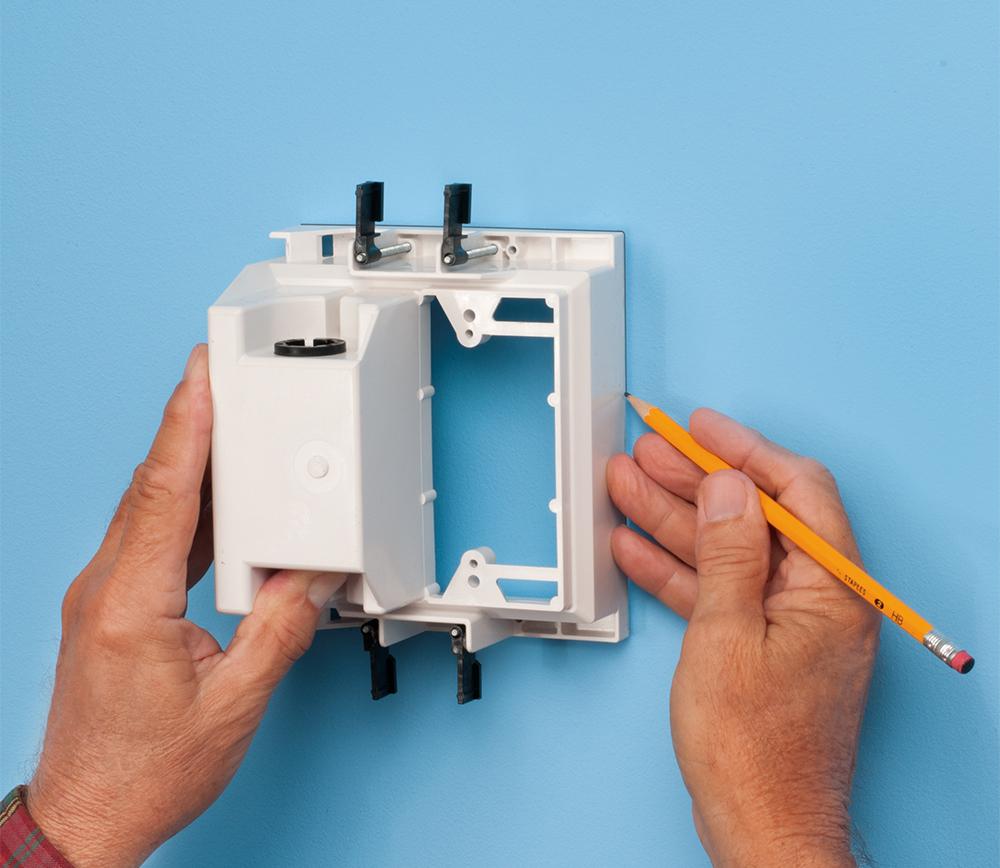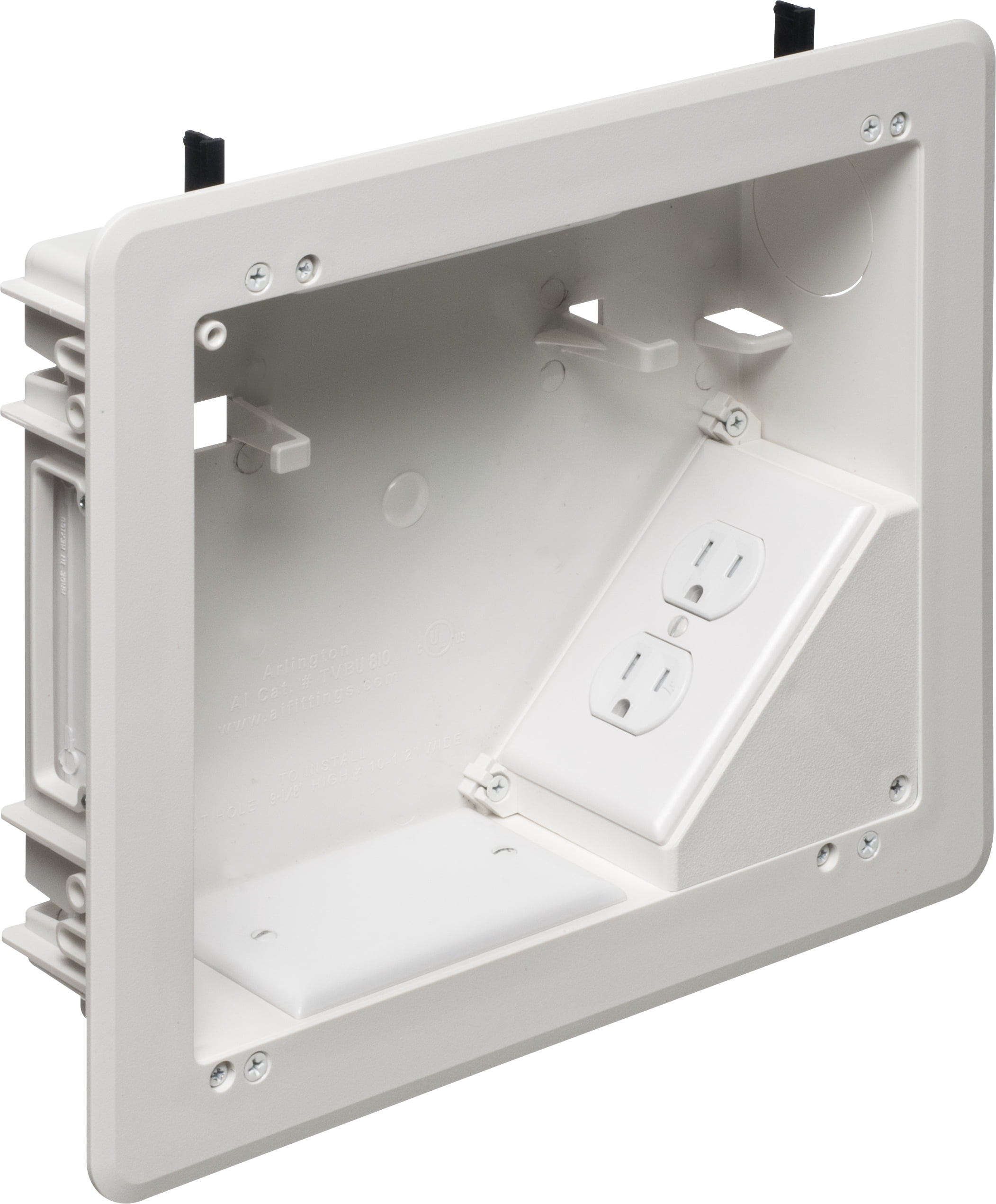It has been about 6 years since I set constructed my house. My brother is having a house built for him and we were thinking about the TV prewire. For wall mounted TVS,
We were thinking :
1)ethernet cables to media closet. Thought here was one for TV and one for any small set top box that would go behind TV but could benifit from wired internet.
2)1 Coax to media closet - (Some cable companies still seem to use this) Just in case we want to put cable box in media closet
3) 2 HDMI cables to bookcase or other area in room for gaming systems or if you wanted to drop a cable set top box in the room
Are we missing anything?
We were thinking :
1)ethernet cables to media closet. Thought here was one for TV and one for any small set top box that would go behind TV but could benifit from wired internet.
2)1 Coax to media closet - (Some cable companies still seem to use this) Just in case we want to put cable box in media closet
3) 2 HDMI cables to bookcase or other area in room for gaming systems or if you wanted to drop a cable set top box in the room
Are we missing anything?



